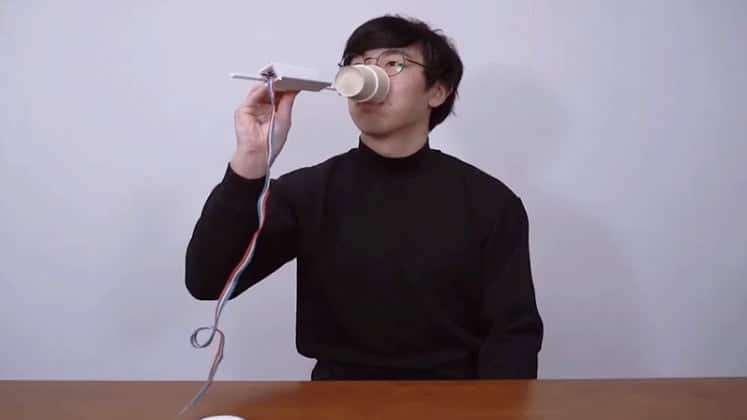Talented chefs take advantage of the fact that diners eat with their eyes first. This is why they plate the food so that it is as beautiful as it is good. However, sight is not the only sense that influences how the world is perceived taste: a research team discovered it, with a glass that can change its center of gravity and the weight perceived by those who use it.
A matter of perception
Even an amateur sommelier knows that drinking wine from a glass cup tastes better than drinking the same wine from a paper cup. Myriad factors influence the experience. In the aforementioned case, the specific shape of the wine glass does a better job of presenting both taste and smell than a paper cup. Glass is odorless, the paper and glues used to make a disposable glass are not.
Knowing that wine from a glass cup tastes better than wine from a paper cup can have an unconscious effect on how tastes are perceived later on. The brain itself expects wine “in the glass” to taste better. This is what the researcher does Masaharu Hirose ofTokyo University, and his school advisor Masahiko Inami they found out through an unusual experiment.
A glass that "changes" the weight and flavor of the drink
He toured Europe noticing how the wines tasted different from country to country. He noticed how the shape and weight of the service glass also varied. Ultimately, Hirose wondered whether the same results could be achieved experimentally, but with a glass whose weight could be altered without changing its shape or appearance.
The resulting contraption looks bizarre: a sort of cup holder (so that the glass can be replaced for hygiene reasons) on top of a handle mechanism. The mechanism uses a motorized sliding weight to cleverly change its center of gravity as someone lifts the glass to their mouth to drink. As the weight slides in the direction of the user, the glass feels heavier in the hand. When it slides off, the weight feels lighter.
Hirose and Inami will present their creation and (related research) at the upcoming Siggraph 2021 conference in August. In a video shared on YouTube (found below), the two researchers collect the reactions of a handful of people who have tried this special device, from a larger test group of around 20 people. When they feel the glass heavier, users report a stronger taste. One user goes so far as to say that the same wine he tasted previously “turned delicious.”
The difference in taste recorded is not that huge. A Coke doesn't taste like Sprite in a heavier glass. But the experiment adds more credence to the idea that the way food is presented and served can play a critical role in its flavor.


